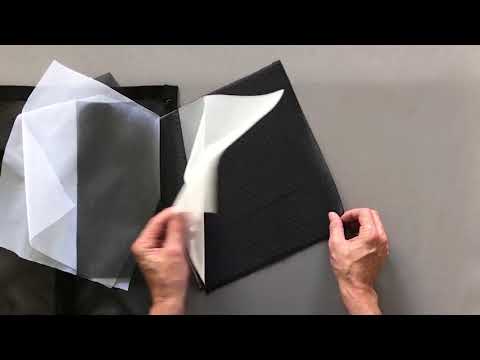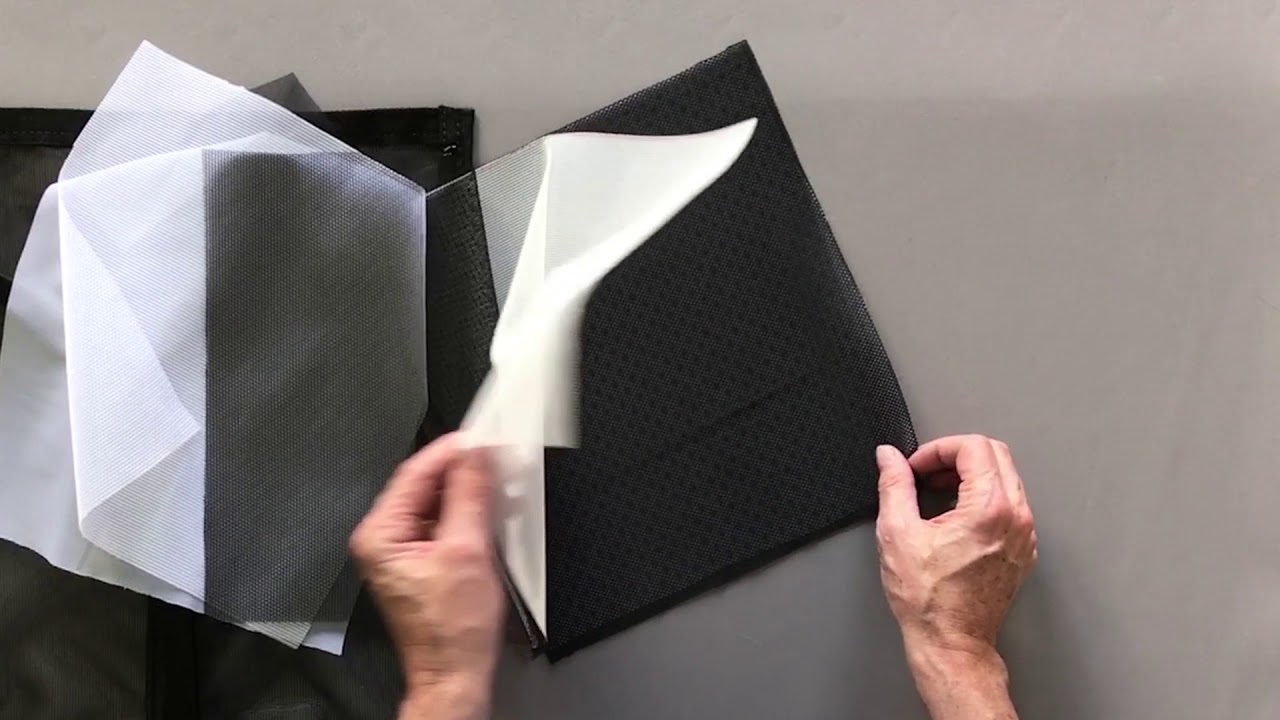Mosquito Netting Fabric is the ultimate solution to keep pesky mosquitoes at bay while enjoying the great outdoors. Crafted with meticulous attention to detail, this fabric not only offers maximum protection from mosquitoes but also ensures optimal comfort and durability. Made from high-quality materials, it boasts a fine mesh weave that effectively blocks out even the tiniest of insects, providing you with a peaceful and undisturbed outdoor experience.
Designed to cater to your specific needs, our mosquito netting fabric comes in a wide range of stylish colors and patterns, allowing you to effortlessly incorporate it into any outdoor setting. Whether you are camping, picnicking, or simply relaxing in your backyard, this fabric adds an elegant touch while offering reliable protection against mosquitoes and other flying insects.
Not just limited to outdoor use, this versatile fabric can also be utilized indoors, making it a valuable addition to your home. Its breathable and lightweight properties ensure proper airflow while keeping insects out, allowing you to enjoy a peaceful night’s sleep without any disturbances.
With our mosquito netting fabric, you can bid farewell to annoying mosquito bites and say hello to uninterrupted outdoor adventures. Invest in this essential fabric today and experience the bliss of mosquito-free moments, wherever you go.

The Importance of Fabric for Mosquito Netting
Mosquitoes are more than just annoying pests – they can also transmit deadly diseases such as malaria, dengue fever, and Zika virus. In regions where these diseases are prevalent, mosquito netting is a crucial tool for protection. However, not all mosquito netting is created equal. The type of fabric used for mosquito netting plays a significant role in its effectiveness. In this article, we will explore the different types of fabric commonly used for mosquito netting and their unique characteristics.
1. Polyester
Polyester is one of the most widely used fabrics for mosquito netting. It is a synthetic material that offers a range of benefits. Firstly, polyester is lightweight and durable, making it suitable for outdoor use. It can withstand harsh weather conditions and is resistant to tears and punctures. Additionally, polyester is quick-drying, making it easy to clean and maintain.
One of the key advantages of polyester mosquito netting is its ability to provide excellent airflow. The fabric is breathable, allowing fresh air to circulate while keeping mosquitoes and other insects out. This is particularly important in hot and humid climates, as it prevents the netting from becoming stuffy and uncomfortable.
2. Nylon
Nylon is another popular choice for mosquito netting. Like polyester, it is a synthetic material known for its durability and strength. Nylon is resistant to abrasion and has a high tensile strength, making it difficult for mosquitoes to penetrate. Additionally, it is lightweight and easy to transport, making it ideal for travelers and campers.
One of the standout features of nylon mosquito netting is its versatility. Nylon can be woven into different mesh sizes, allowing users to choose between fine mesh for protection against tiny insects or larger mesh for increased airflow. This flexibility makes nylon suitable for various settings, from bedrooms to outdoor camping areas.
3. Cotton
Cotton is a natural fabric that has been used for mosquito netting for centuries. It offers several advantages that make it a popular choice among users. Firstly, cotton is soft and comfortable, providing a cozy sleeping environment. This is particularly important for individuals who may have sensitive skin or allergies.
Another benefit of cotton mosquito netting is its ability to block out sunlight. The fabric has a high opacity, which prevents sunlight from entering the sleeping area, allowing users to rest undisturbed. Cotton also has good breathability, ensuring proper airflow while keeping mosquitoes at bay.
4. No-See-Um Mesh
No-see-um mesh, also known as micro mesh, is a popular choice for mosquito netting in areas where tiny insects are a concern, such as sandflies and gnats. This type of fabric is made from tightly woven polyester or nylon fibers, which create a barrier against small bugs while still maintaining excellent airflow.
No-see-um mesh is characterized by its fine mesh size, typically measuring around 0.6mm. This tight weave prevents insects from entering the netting, ensuring maximum protection. It is commonly used in tropical and subtropical regions where insects are prevalent.
5. Insecticide-Treated Netting
Insecticide-treated netting takes mosquito protection to the next level. This type of fabric is infused with insecticides, typically pyrethroids, which repel or kill mosquitoes upon contact. The insecticide treatment increases the effectiveness of the netting, providing an additional layer of defense against disease-carrying insects.
Insecticide-treated netting is especially recommended in areas with high mosquito populations or where mosquito-borne diseases are prevalent. The insecticidal properties of the netting can remain effective for several months, depending on the brand and usage.
In conclusion, when it comes to mosquito netting, the choice of fabric is crucial. Polyester and nylon offer durability, breathability, and versatility, making them ideal for various settings. Cotton provides comfort and sunlight blocking properties, while no-see-um mesh offers protection against tiny insects. Insecticide-treated netting adds an extra layer of defense against disease-carrying mosquitoes. By selecting the right fabric for your mosquito netting, you can ensure maximum protection against these pesky and potentially dangerous insects.
Fabulous Fabrics: Unraveling the Different Types
Video Source : Mosquito Curtains Inc
List of Fabrics for Mosquito Netting:
Fabric Comparison for Mosquito Netting
| Fabric Type | Mesh Size (holes per square inch) | Material Composition | Durability | Price Range |
|---|---|---|---|---|
| Polyester | 156 | 100% polyester | High durability, resistant to wear and tear | Mid-range |
| Cotton | 120 | 100% cotton | Moderate durability, prone to shrinkage and mildew | Low |
| Nylon | 220 | 100% nylon | Excellent durability, highly resistant to stretching and tearing | High-end |
| Polyethylene | 50 | High-density polyethylene | Good durability, resistant to UV rays and chemicals | Low to mid-range |
| Insecticide-treated | Various options | Various options | Varies depending on fabric type | Varies depending on fabric type |
In the world of mosquito netting, choosing the right fabric is essential for effective protection against these pesky insects. Different fabric types offer varying levels of durability, mesh sizes, and material compositions, all of which can impact the net’s performance.
Polyester, a popular choice, boasts a mesh size of 156 holes per square inch, providing a fine barrier against mosquitoes. Made from 100% polyester, it offers high durability and is resistant to wear and tear. Polyester nets tend to fall within the mid-range price category, making them a cost-effective option for many.
On the other hand, cotton nets with a mesh size of 120 holes per square inch provide a comfortable and breathable sleeping environment. However, their moderate durability makes them prone to shrinkage and mildew, requiring extra care and maintenance. Cotton nets are generally more affordable, making them a budget-friendly choice.
For those seeking top-notch durability, nylon nets are the go-to option. With a mesh size of 220 holes per square inch, they provide excellent protection against mosquitoes. Made from 100% nylon, these nets are highly resistant to stretching and tearing, ensuring long-lasting performance. Nylon nets command a higher price range due to their exceptional quality.
Another fabric worth considering is polyethylene. With a mesh size of 50 holes per square inch, polyethylene nets offer larger openings while still providing effective mosquito protection. These nets are made from high-density polyethylene, offering good durability and resistance to UV rays and chemicals. Polyethylene nets are available in a range of price options, making them suitable for various budgets.
Lastly, insecticide-treated nets provide an added layer of defense against mosquitoes. They come in different fabric types, each treated with insecticides that repel or kill mosquitoes on contact. The mesh size and material composition vary depending on the specific fabric type chosen, as do the durability and price range.
Remember, when choosing mosquito netting, consider factors such as durability, mesh size, material composition, and price range to determine the best option that suits your needs.

